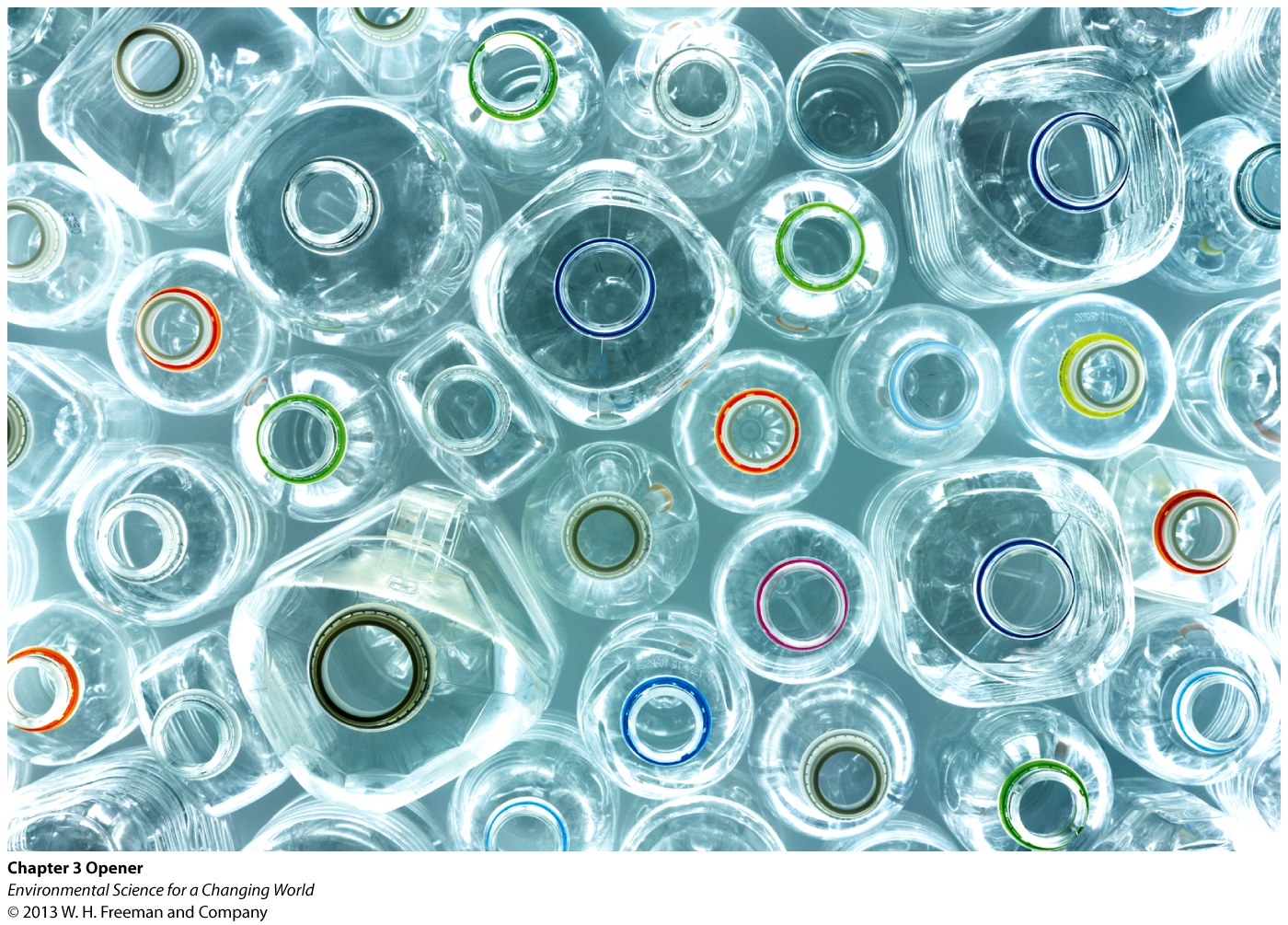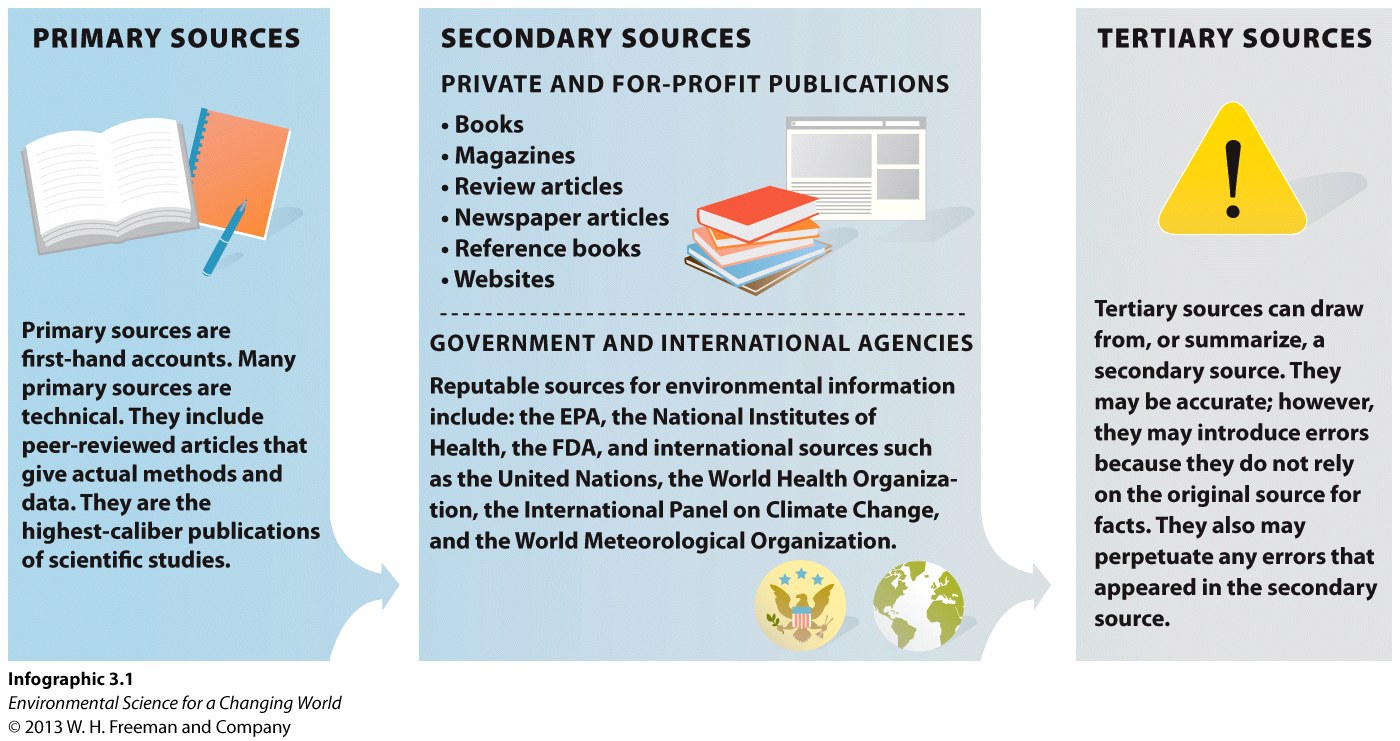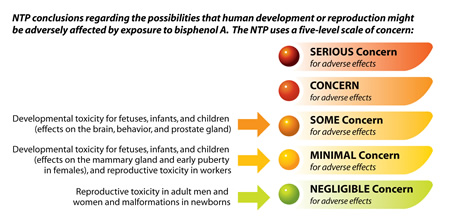Chapter 1. Is BPA a Toxin?
Introduction
In this tutorial, we're going to:
- learn about primary, secondary, and tertiary sources
- learn how to evaluate different sources of information
We will examine various information sources that discuss BPA. You will use these sources to determine whether you agree or disagree that BPA is a toxin.

Bisphenol A, or BPA as it is more commonly known, is a synthetic chemical. Since the late 1940s, it has been used in the linings of metal food cans and in many plastic products. But mounting evidence has implicated BPA in medical issues ranging from impaired neurological and sexual development to cancer.
In 2008, a panel of scientists known as the National Toxicology Program stated they had “some concern” about the effects of BPA on human development. Both Canada and the European Union had recently banned the use of BPA in baby bottles and baby food cans. Most panelists felt this was too drastic a step, but they also thought it would be prudent for industries that use BPA to look for a replacement.
[NOTE: this tutorial is intended for demo purposes, and has not yet been through QA. The final version will have clickable hyperlinks and embedded audio. For this demo version, please copy and paste URLs into your browser's address bar.]
Sources of Information
First, let’s learn about types of information sources.

Let’s say you’re researching BPA and you find a blog post by a nonprofit environmental group that summarizes information from a government report on BPA. What type of resource would this be?
| A. |
| B. |
| C. |
What would the secondary source be in this case?
| A. |
| B. |
| C. |
What makes a resource reputable?
| A. |
| B. |
| C. |
Which of the following would be a primary resource?
| A. |
| B. |
| C. |
Why is an article from a scientific journal considered a primary source?
| A. |
| B. |
| C. |
| D. |
Analyzing BPA Information Sources

The first BPA information source we are going to analyze is from the National Toxicology Program (NTP):
http://www.niehs.nih.gov/news/sya/sya-bpa/
(please copy and paste the URL into your browser's address bar)
Take some time to read the information on this page and evaluate it for yourself, then answer the following questions.
What type of resource is this particular website?
| A. |
| B. |
| C. |
Do the credentials of the organization running the site make the information presented reliable or unreliable? Explain.
The next website we're going to look at is an editorial on Bisphenol A:
http://ehp03.niehs.nih.gov/article/fetchArticle.action?articleURI=info%3Adoi%2F10.1289%2Fehp.12492
(please copy and paste the URL into your browser's address bar).
Scroll down to the list of references at the bottom of the article and review the references to answer the following question.
What data sources does NTP rely on? Are these data sources reliable? Why or why not?
Now, listen to the NTP’s conclusions on BPA, presented by Dr. John Bucher, associate director of the NTP.
(Paste the following URL into your browser's address bar to download the audio file directly from the NTP: http://www.niehs.nih.gov/news/assets/audiovideo/dr_bucher_presents_key_ntp_conclusions_on_bpa.mp3)
What did the NTP conclude?
| A. |
| B. |
| C. |
Next, listen to Dr. John Bucher explain what the NTP means by "some concern."
(Paste the following URL into your browser's address bar to download the audio file directly from the NTP: http://www.niehs.nih.gov/news/assets/audiovideo/dr_bucher_describes_what_some_concern_means.mp3)
What does “some concern” mean?
| A. |
| B. |

Analyzing BPA Information Sources (part II)

The second information source we’re going to analyze is a report by the Oregon Environmental Council, titled “Safer Alternatives to Bisphenol A (BPA)”:
http://ehp03.niehs.nih.gov/article/fetchArticle.action?articleURI=info%3Adoi%2F10.1289%2Fehp.12492
(please copy and paste the URL into your browser's address bar).
This report is an example of what kind of source?
| A. |
| B. |
| C. |
Evaluate the Oregon Environmental Council's website: http://www.oeconline.org/about-us (please copy and paste the URL into your browser's address bar).
Do the credentials of the organization running the site make the information presented reliable or unreliable? Explain.
Review the references listed at the end of the council’s report on BPA alternatives: http://www.oeconline.org/our-work/healthier-lives/tinyfootprints/toxic-prevention/safer-alternatives-to-bisphenol-a-bpa (please copy and paste the URL into your browser's address bar).
What data sources does the council rely on? Are these data sources reliable? Why or why not?
Is BPA a Toxin?
Now we return to our original question: Is BPA a toxin? Is your answer yes or no, based on the resources you’ve reviewed? What do you consider to be reliable information from these resources? What do you consider to be unreliable information? Explain how the reliable information supports your answer.
Given the information you’ve critically analyzed in this tutorial, will you continue to buy products that use metal food cans and plastic bottles made with BPA?
| A. |
| B. |
Activity results are being submitted...
REFERENCES: